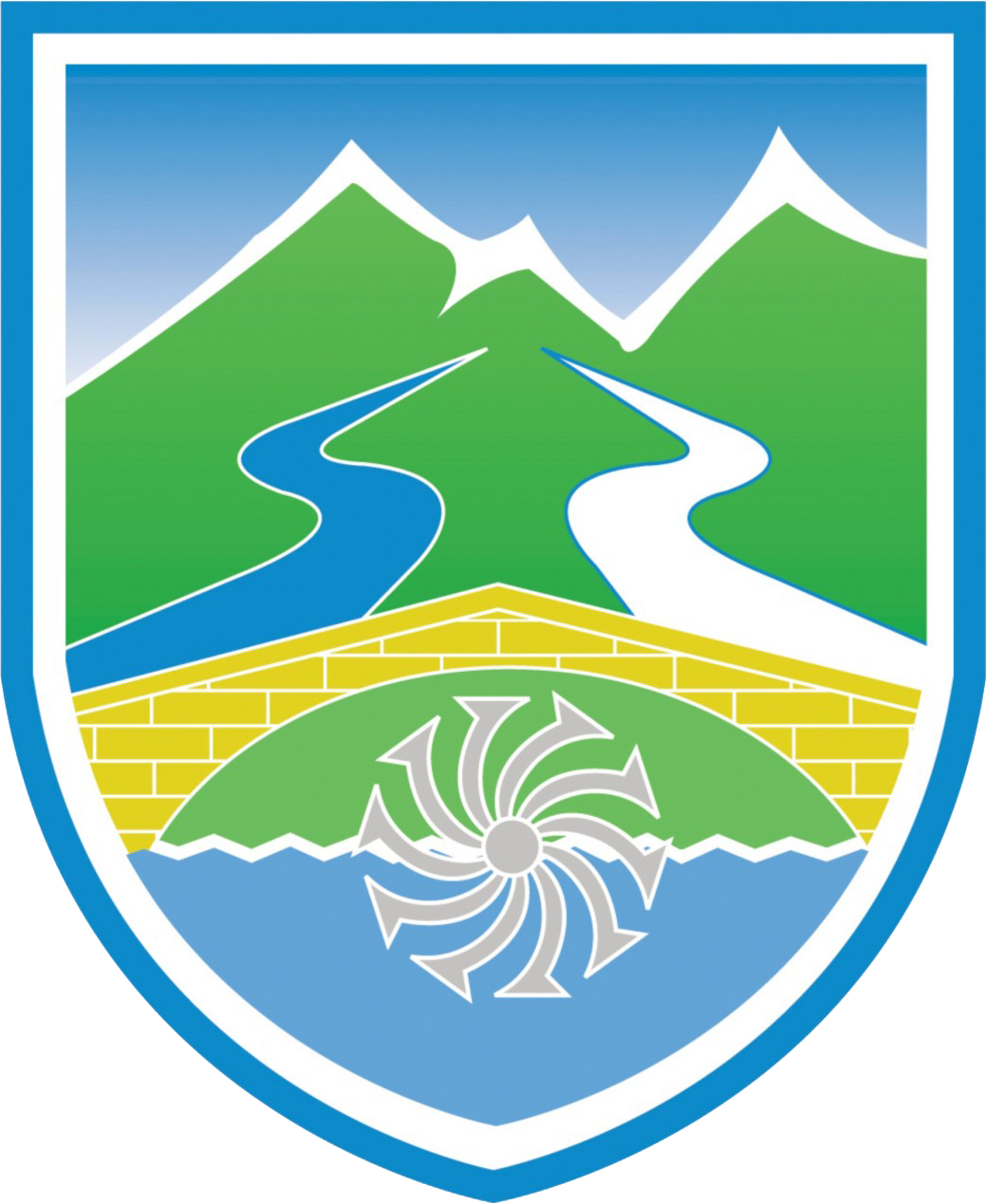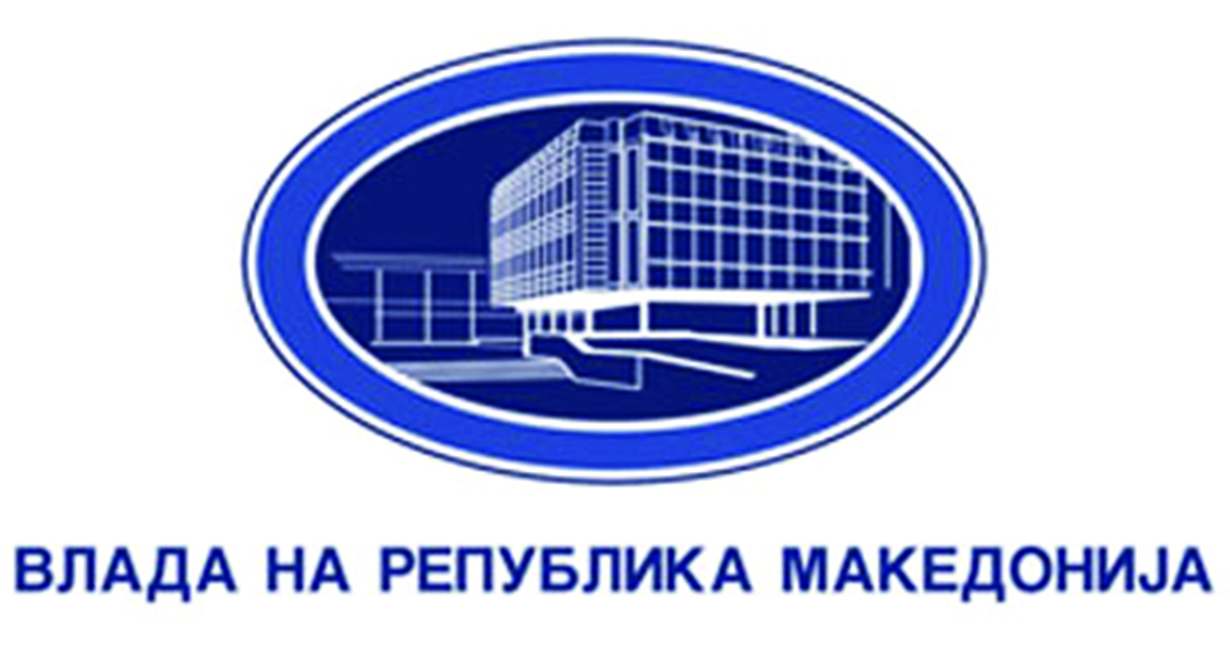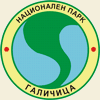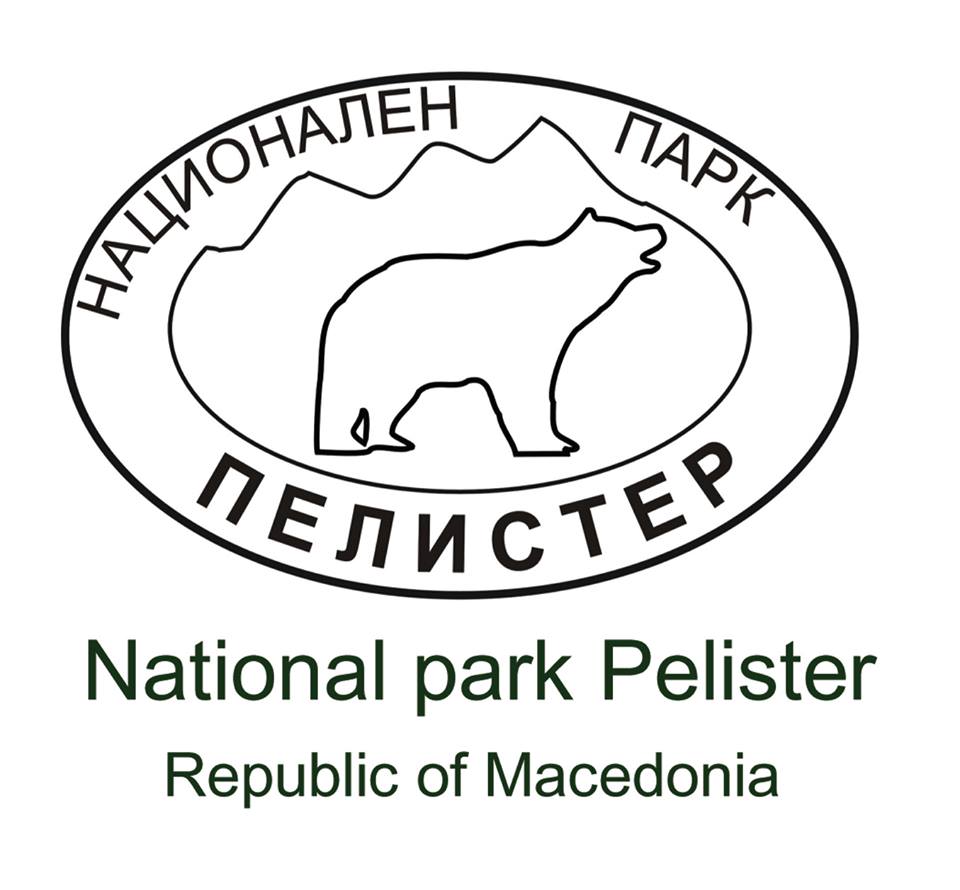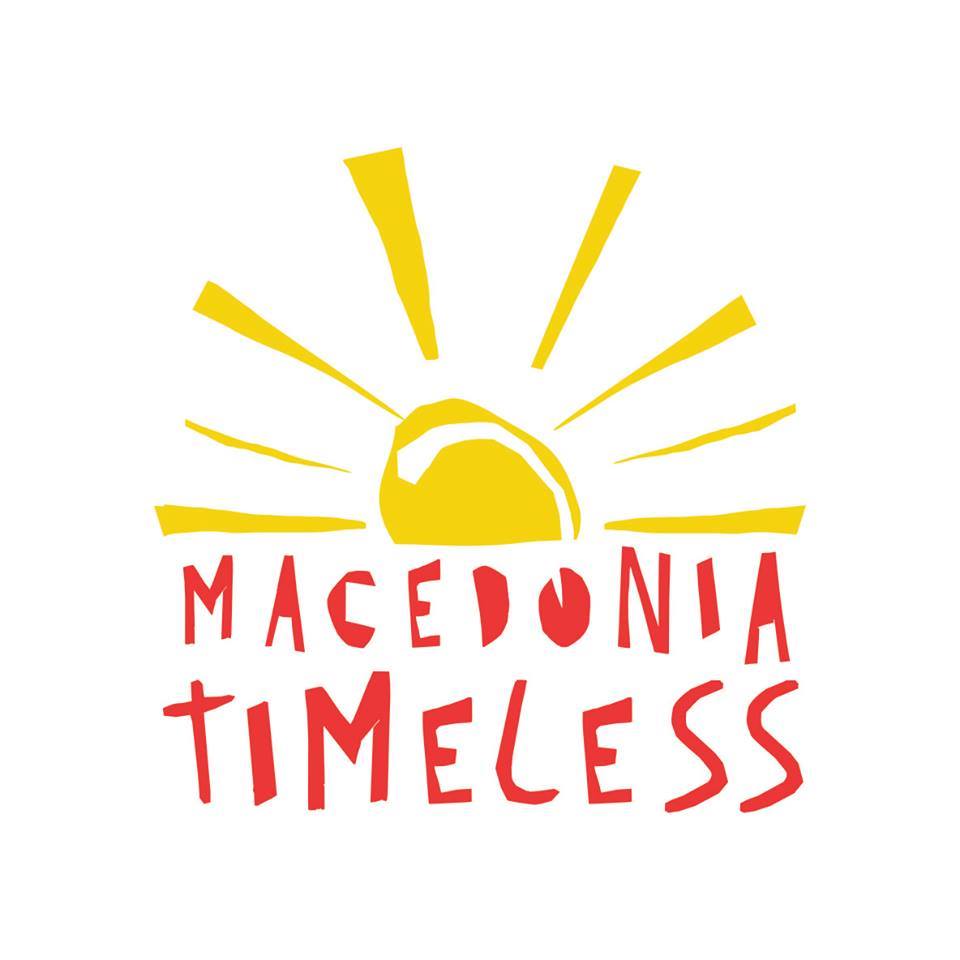General Information on Cultural Heritage
ARCHAEOLOGICAL HERITAGE
The significant number of locations, registered on the territory of Mavrovo National Park contributes to the continuous development of an organized way of living. The chronological limits of recorded archaeological locations encompass a period from late classical period until the late medieval period. However, the biggest concentration of archaeological locations belongs to the medieval period and offers valuable data on the quality of life of the medieval population on this territory.
The importance of the archaeological artifacts and the more representative field findings impose the need of creating permanent forms and types of their presentation for the purpose of cultural affirmation of the region. Archaeological heritage, as a basic component of the cultural identity of the region, should be treated as one of the most important segments in planning of future project activities.
BUILDING HERITAGE
Sacral Objects
The cultural heritage of Mavrovo National Park, which is represented by sacral monuments, reflects the most important dimensions of the local population’s creative contribution in shaping the cultural identity of the area, rich in representative objects and marked with high achievements and realizations of art. The parallel existence of the Christian and Islamic sacral buildings, which suitably contribute to the architectural and artistic traditions cherished throughout the centuries, witnesses about the creative cohabitation of different cultures, united in their creative existence today. Marked with the skill of the craftsmen – builders, and enriched with the magnificent vividness of the decorative components, they are real representatives of specific dimensions and features of the complex cultural identity of the region.
In the line of the oldest sacral objects is the most representative monument of the architectural and artistic heritage of the region, the monastery complex Saint Jovan Bigorski (St. John the Forerunner Bigorski Monastery). Inheriting the religious values of the old location of worship from the 11th century, and built on the foundations of older, medieval buildings, the monastery, which was restored starting from the end of the 18th and in the first decades of the 19th century, represents a compact architectural unity which is a real example of this area’s cultural identity with its building and art qualities.
Also, the church dedicated to the Saint Apostles Peter and Paul in the village of Tresonche deserves a special place, and represents a location of exceptional importance for realizing the traditional values of the regional cultural environment. The basilica with three-nave disposition (mid-19th century), with an additionally built open porch, is extraordinarily related to the morphology of the ground, creating exciting and impressive unity with the picturesque area.
Nonexistence of appropriate marking of sacral objects, which would point the way to their location, is one of the reasons for making it difficult to find them and arrive at particular locations.
Compared to the relatively large concentration of Christian sacral objects, the cultural heritage related to the Islamic monuments shows drastically more reduced range. Unfortunately, in the archive documentation of the Republic Institute for Protection of Monuments of Culture, there is only scarce information about them, which, together with the lack of appropriate research treatment and nonexistence of relevant expert literature, disables their evaluation in the context of general contribution to the Islamic heritage for the region’s cultural image.
Profane Objects and Traditional Architecture
The profane objects include part of the region’s cultural heritage which is significant in its size and important in its meaning. They reflect the specific forms of living from the past and also reflect the complex picture of various factors that have influenced the manner of creating the architectural look of the urban and the rural areas of this territory. The richness of the preserved fund and the specific forms of profane buildings and objects of traditional architecture contribute to the characteristic presentation of the building traditions, cherished during the 19th century.
The structure of the rural settlements which are on the territory of Mavrovo National Park shows various characteristics, originating from the field configuration, the climate features of the region, and the manner or organization of life. In addition, the region mainly has compact and semi-compact rural settlements, while the villages of dispersed type can be rarely seen. The fact that majority of the villages represent mountain settlements, points out the appropriate way of their organization as rural units, with architectural profile defined by the elements of chronological development of construction buildings, whose lower limit can be placed in the first half of the 19th century. Not neglecting the conclusion that the architectural look of the villages in the region has gone through particular changes, still, a certain number of settlements has preserved its original structure, which reflects the functional and esthetic value of the local building specifics. It mostly refers to the villages in the area of Dolna Reka and in the region of Mala Reka, whose architectural features are achievements of the craftsmen from the local builders’ guilds. Located in the picturesque area with dynamic natural qualities, these rural settlements represent exceptional examples of the traditional masonry, characterized with the values of the local cultural matrix.
In this context, we could mention the village of Bitushe, located in the area of Dolna Reka; the village of Rosoki in Mala Reka; the neighboring village of Selce; the village of Tresonche in Mala Reka that offers a slightly different image of the organization of housing units and possesses different and unique urban setting compared to the villages of this region as a mountain settlement of dispersed type; the village of Galichnik which, with its rural structure, represents organic unity of several ensembles – separate neighborhoods, connected in a unique architectural unity with the remarkably fitted architectural look of the old houses, related to the dramatic landscape environment. Among the rural settlements, characterized with an extraordinary vividness of the architectural look, we could mention the villages of Lazaropole, Gari and Janche, perfectly fitting into the authentic mountain landscape.
ETHNOLOGICAL HERITAGE
Traditional Crafts and Skills
The development of crafts, the quality of the craftsmen’s production and the features of the traditional manufacturing are significant part of the cultural existence of Mavrovo National Park, which reflects the local population’s specific way of living and contributes to the maintenance and cherishing the genuine elements of the ethno-cultural stratigraphy of the area. Appearance of certain crafts and development of skills was related to the specific organization of life in different settlements, and has taken place in close correlation with the local characteristics of the region, resulting in extensive picture of craftsmen activities and rich production of traditional forms of local manufacturing. Change in lifestyle conditions, modern life dynamics and introduction of new production means and technologies that simplify and accelerate the process of making, have made a contribution for the large part of registered crafts to be altered, some of which even to disappear completely, and others have been integrated in the manufacturing and industrial production.
It can be concluded that it is a fact that majority of traditional crafts have completely disappeared, and have given their place to the modern industrial production.
Certain continuation can be observed only in the development of particular crafts techniques (cooperage, carpentry, goldsmith or silversmith craft), whose production shows quite a reduced scope and limited product sales.
Regarding the traditional skills, which used to be cherished as specific forms of traditional production, today we can register: weaving, embroidery, carpet making, and woodcarving, which, although “modernized” in terms of the modern materials and raw materials used, have retained the traditional characteristics of making. In that context, the first one that should be mentioned is the making of traditional folk costumes, which show exceptional vividness of the decorative elements and colorful variety.
It can be concluded that the rich fund of authentically preserved folk costume, as well as the representative scope of its continuous production, are a solid base for planning more organized ways for its presentation in form of ethnographic collections of special character, which would popularize this, in many of its characteristics, most representative traditional skill in the municipality.
The possibility of using this skill in the production of souvenirs with the traditional features of the folk costume could be utilized for different kinds of activities in the context of affirmation and popularization of the ethnological heritage, within the organized tourist offer.
Weaving of various types of fabrics, especially wool processing in the traditional way from the past, also represents one of the registered skills, which are still being maintained in the modern rural conditions of the settlements in the region, although in a very reduced scope. The existence of traditional looms, registered in some of the villages of Reka region, still enables production of woolen handiwork of considerable quality, representing constituent part of the interior home decoration.
Adequately planned activities for designing, production and distribution of these products would enable their suitable sale on the wider market and would provide affirmation to part of the traditional production in this region. From the aspect of the possibility for using the traditional skills in the planned activities for development of cultural heritage tourism, the woolen handiworks could become an integral part of the interior design of the accommodation facilities, reflecting the appropriate relationship with the traditional values of the characteristic local environment.
Local Customs and Folk Tradition
One of the components for shaping the general cultural image of the region is the existence, maintenance and treatment of the living heritage, which contains the various segments of the local myths, spoken traditions, ancient legends, rituals, seasonal rites and customs related to wedding and funeral ceremonies and religious holidays. Condensing in itself the extract of the folk beliefs throughout the centuries, these elements reflect the specific “myth” of the local population, embedded in the sociological concept of modern living. Cherishing the living heritage, which commemorates the ancient forms of folk traditions through the contemporary practice of worship, represents one of the important features of the cultural identity of this region, reflecting the various dimensions of its ethno-cultural stratigraphy.
In the existing literature, both expert and popular one, there is a rich fund of information on the folk tradition of the region whose richness and variety have been subject to admiration of travel writers and chroniclers, and have become part of the research of many historians and ethnologists. Originating from the religious music heritage, which in certain areas (Mijak region) it has ancient chronology and reaches the medieval period, the folk existence of this region has developed in several types of traditional singing, whose sounds have been kept as a music tone of the contemporary folk events. Exceptionally inspirational shepherd, wedding, and migrant workers’ songs, love lyric poetry and rite melodies, as well as the instrumental matrix for folk dances, represent valuable relic from the remote past time of folk tradition. However, as a result of the disappearance of the folk groups and fading away of traditional folk events, the characteristic music heritage of the region lives through a more compact form of performance during the period of seasonal rites and days of religious holidays.
The event that could best define the genuine forms of traditional customs in the region, and the devoted care for their continuous maintenance, is the magnificent ritual of the Galichnik Wedding Festival (Galichka svadba), which every year, on the religious holiday St. Peter, takes place as a ceremony of national character.
Revitalization of the events from the old customs and their wider affirmation, as well as reanimation of the rich folk tradition, in the context of more organized forms of presentation, would contribute to permanent preservation of the traditional qualities of the ethnological treasury in particular kinds of cultural presentation in public.
